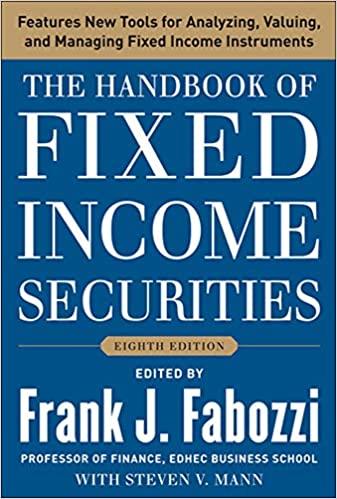Question
Suppose a union is the sole supplier of labor to all the firms in an oligopolistic sector. The game is sequential. (1) The union makes
Suppose a union is the sole supplier of labor to all the firms in an oligopolistic sector. The game is sequential. (1) The union makes a single wage demand, W, that applies to all the firms; (2) the firms observe (and accept) w and then simultaneously choose employment levels, Li for firm i; (3) payoffs are (W Wa)L for the union, where Wa is the exogenous wage that union members can earn in alternative employment and L = L1 + .. + Ln is total employment in the unionized firms, and profit (W, Li) for firm i. All firms have the following production function: output equals labor; qi = Li . The market-clearing price is P(Q) = a Q when the aggregate quantity on the market is Q = ql+...+qn. To keep things simple, suppose that firms have no costs other than wages. What is the subgame-perfect outcome of this game? How (and why) does the number of firms affect the unions utility in the subgame-perfect outcome?
Step by Step Solution
There are 3 Steps involved in it
Step: 1

Get Instant Access to Expert-Tailored Solutions
See step-by-step solutions with expert insights and AI powered tools for academic success
Step: 2

Step: 3

Ace Your Homework with AI
Get the answers you need in no time with our AI-driven, step-by-step assistance
Get Started


